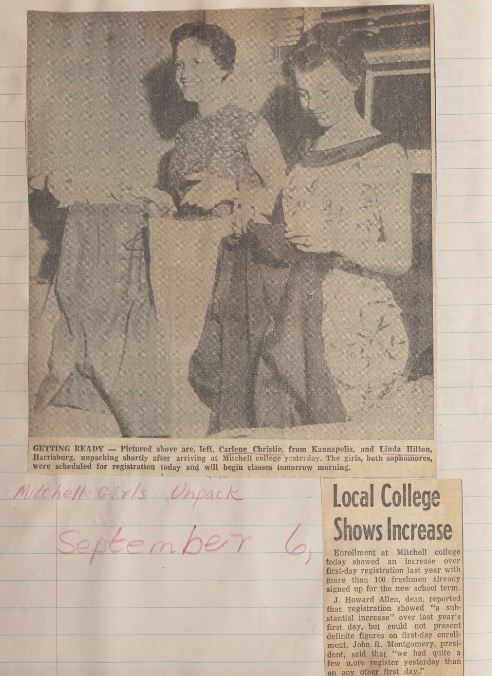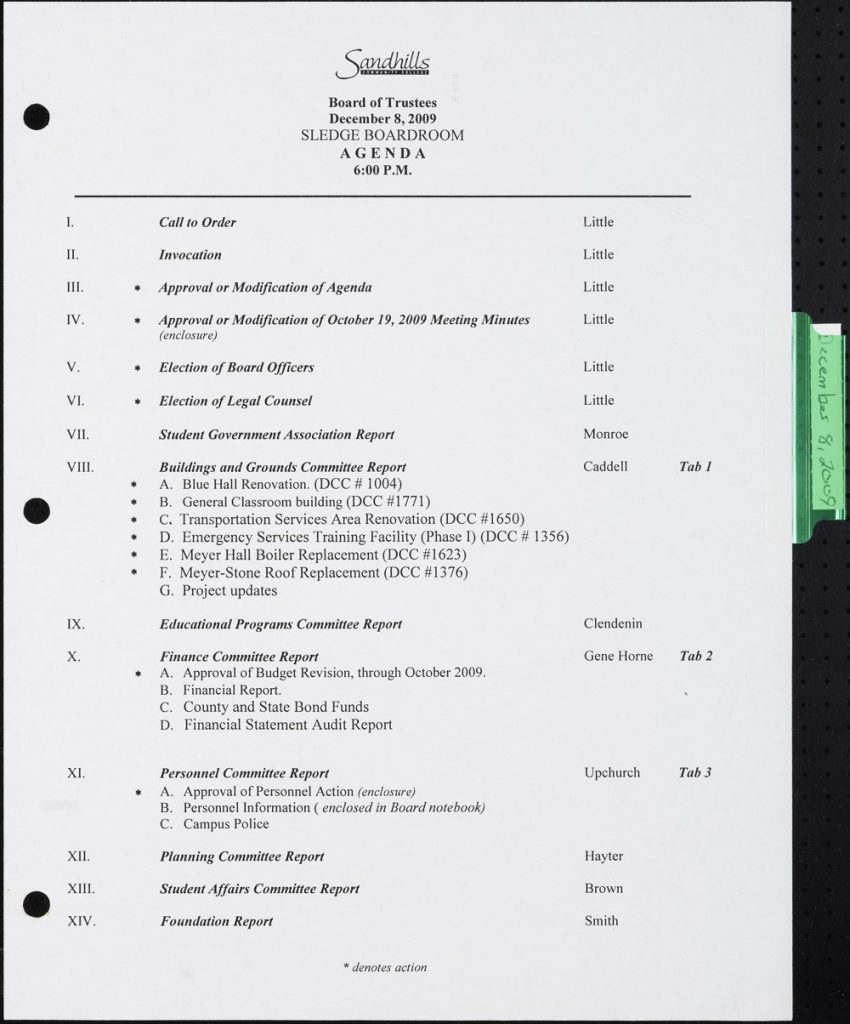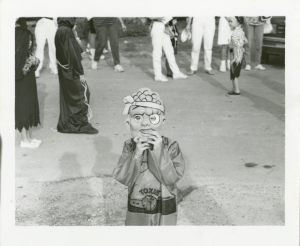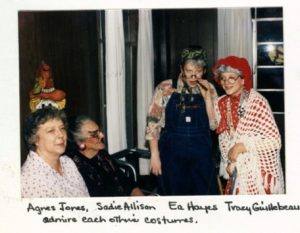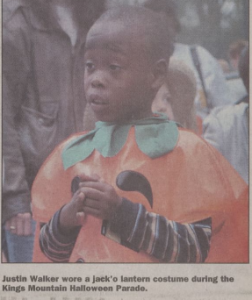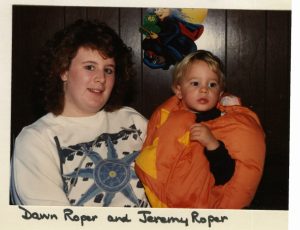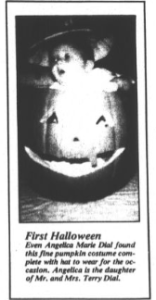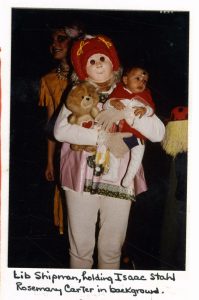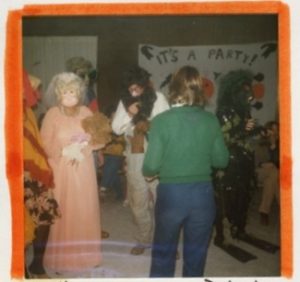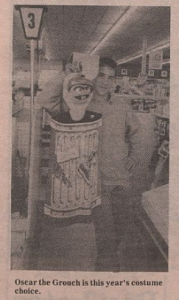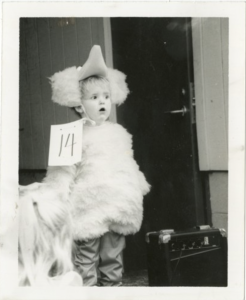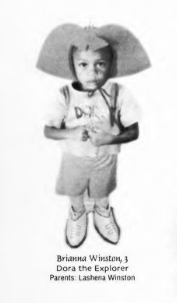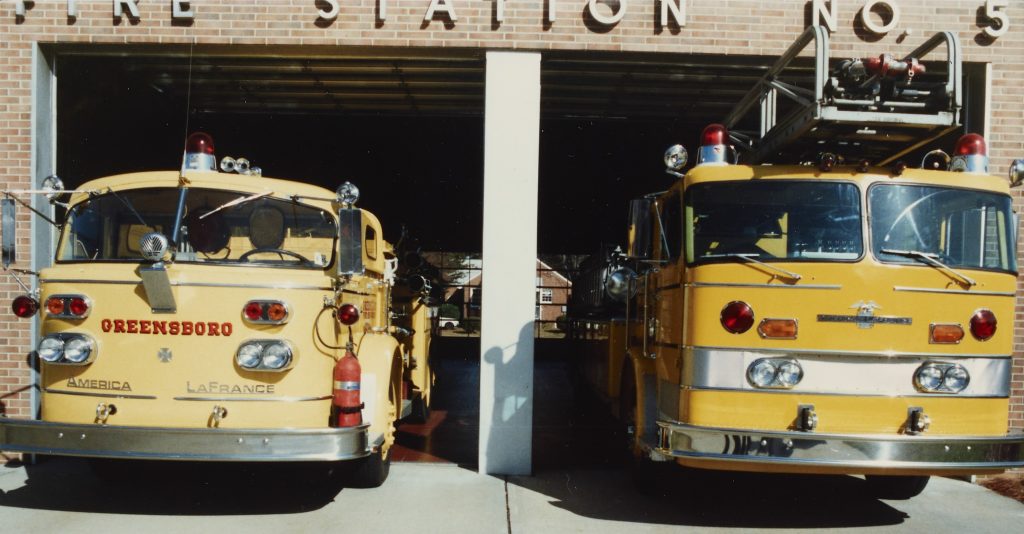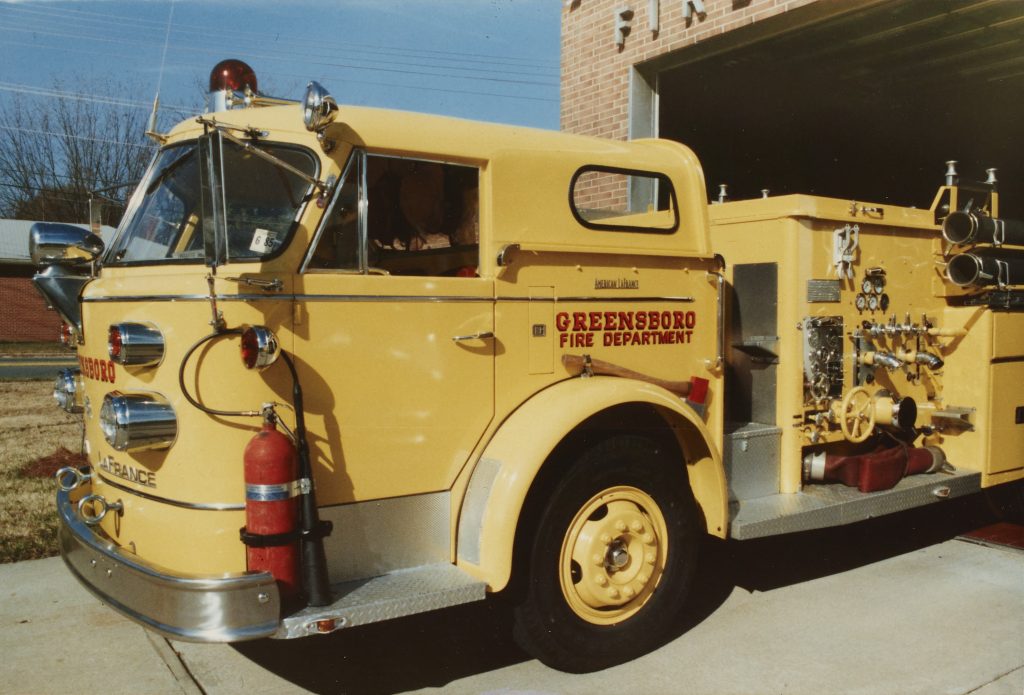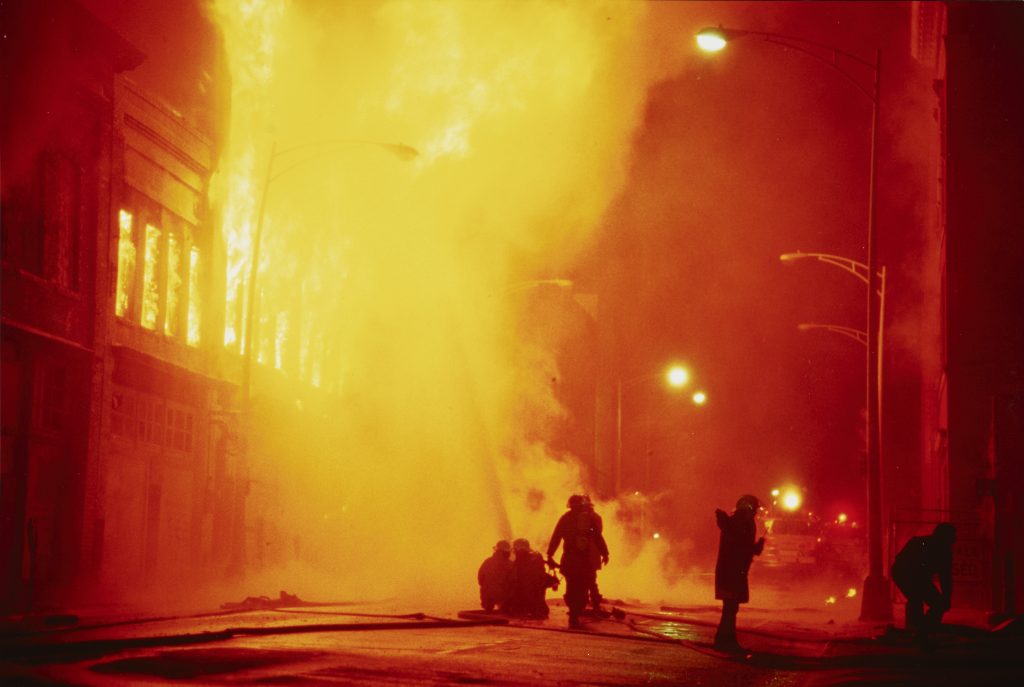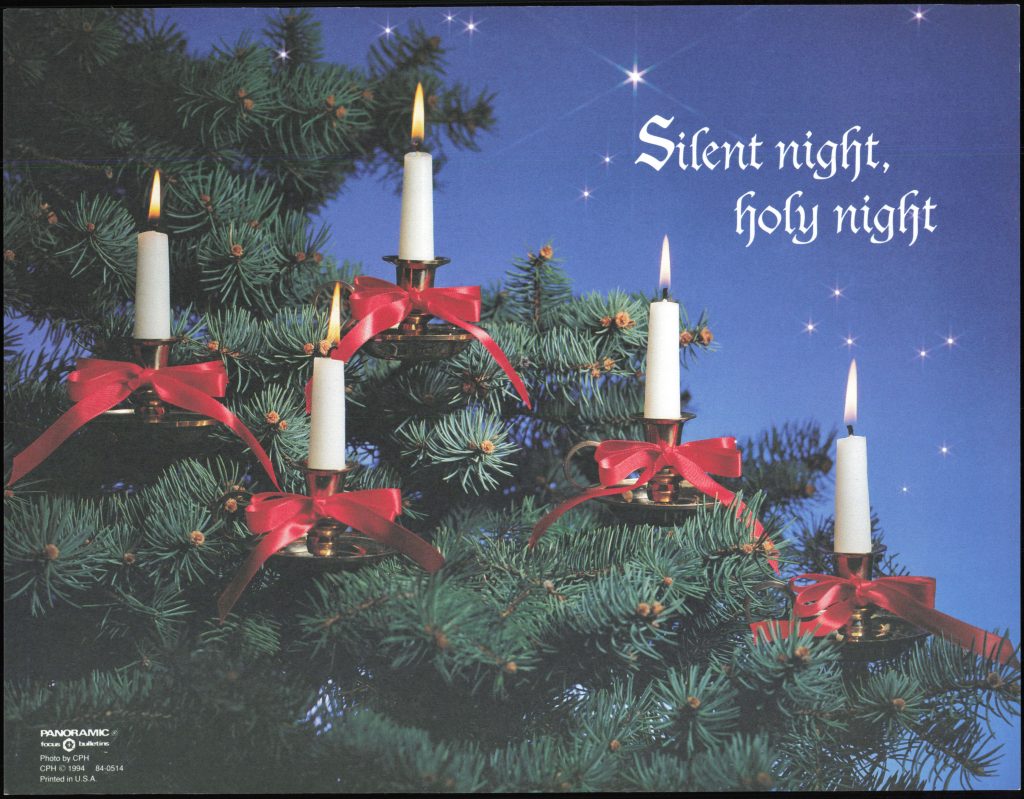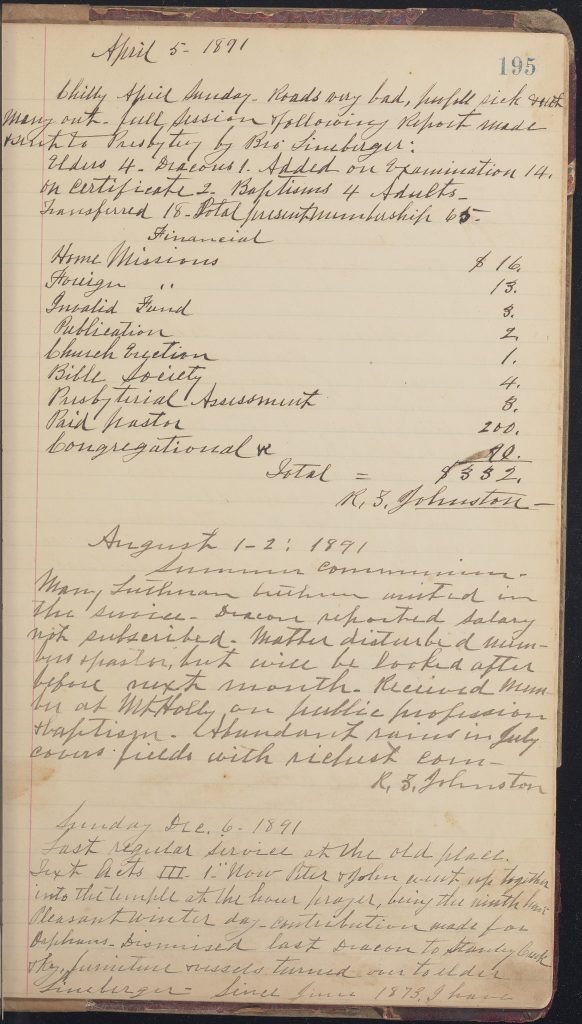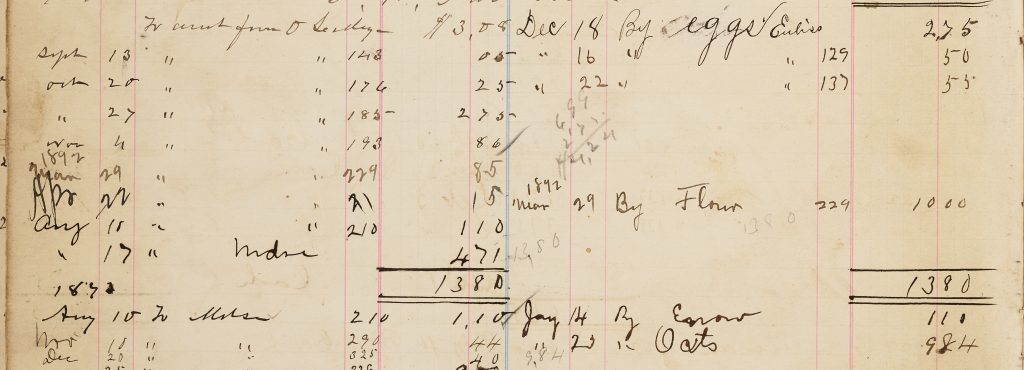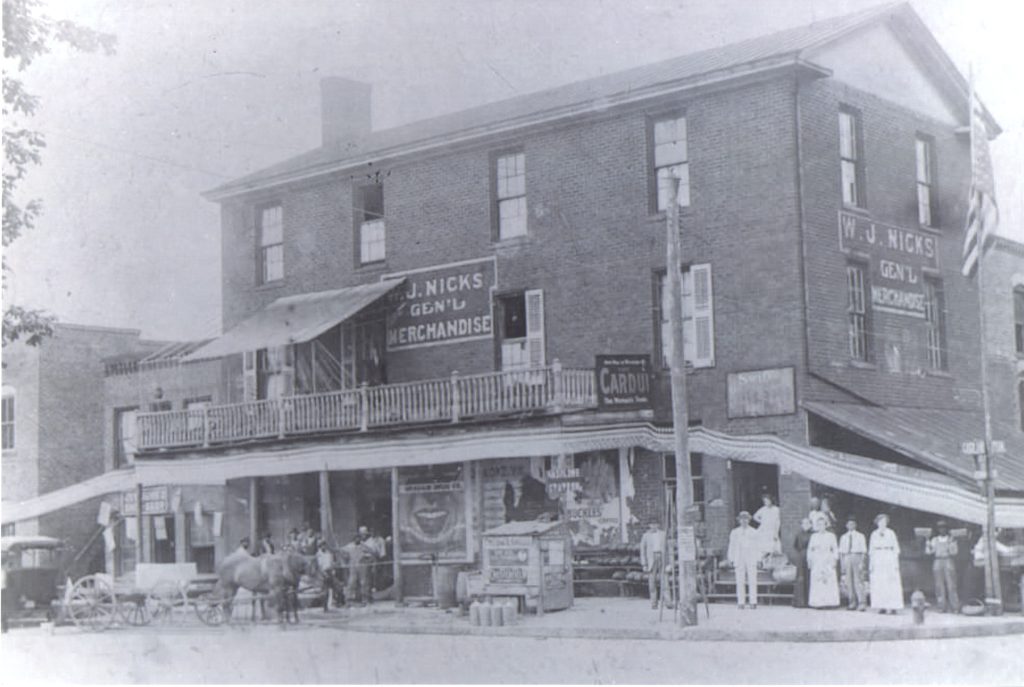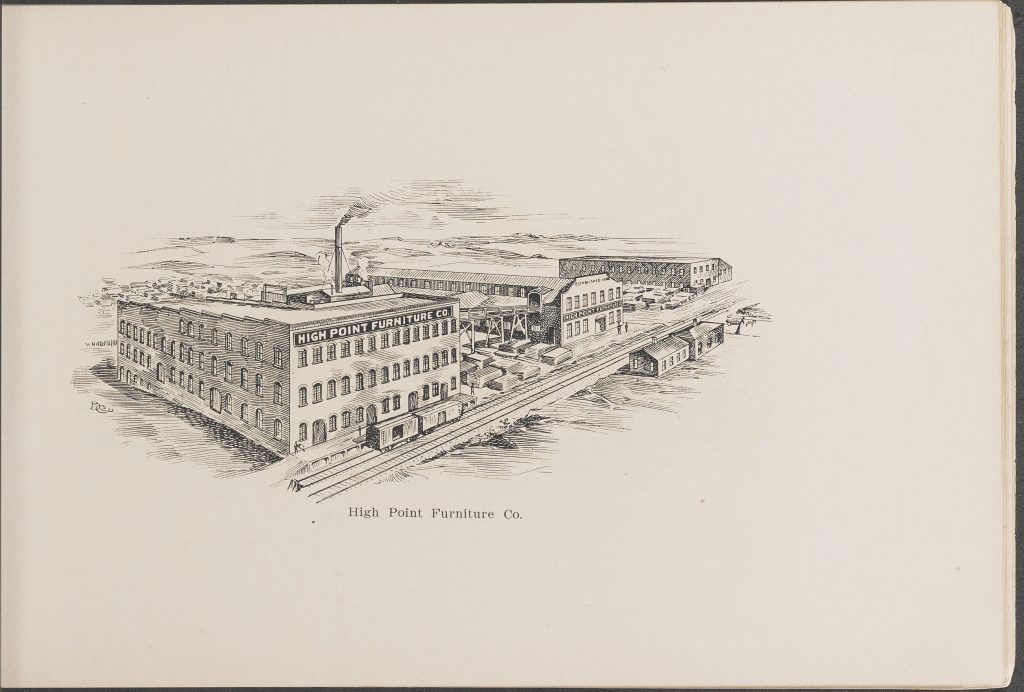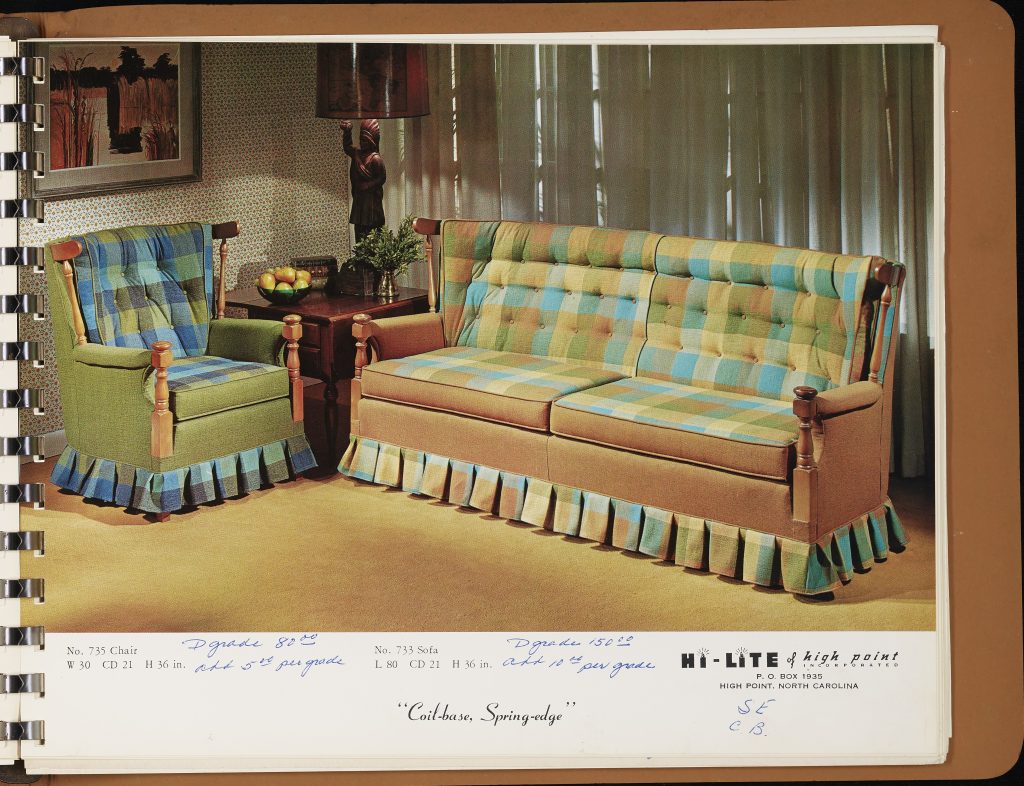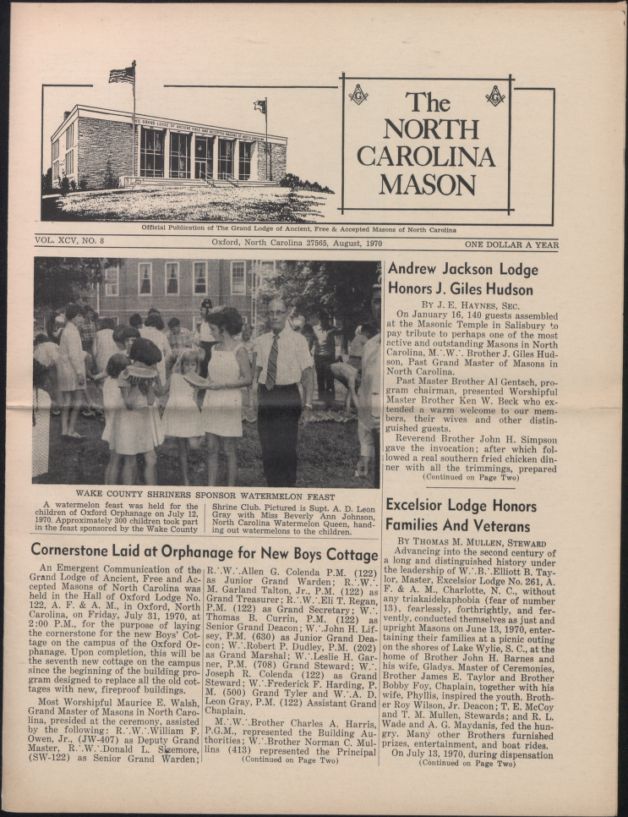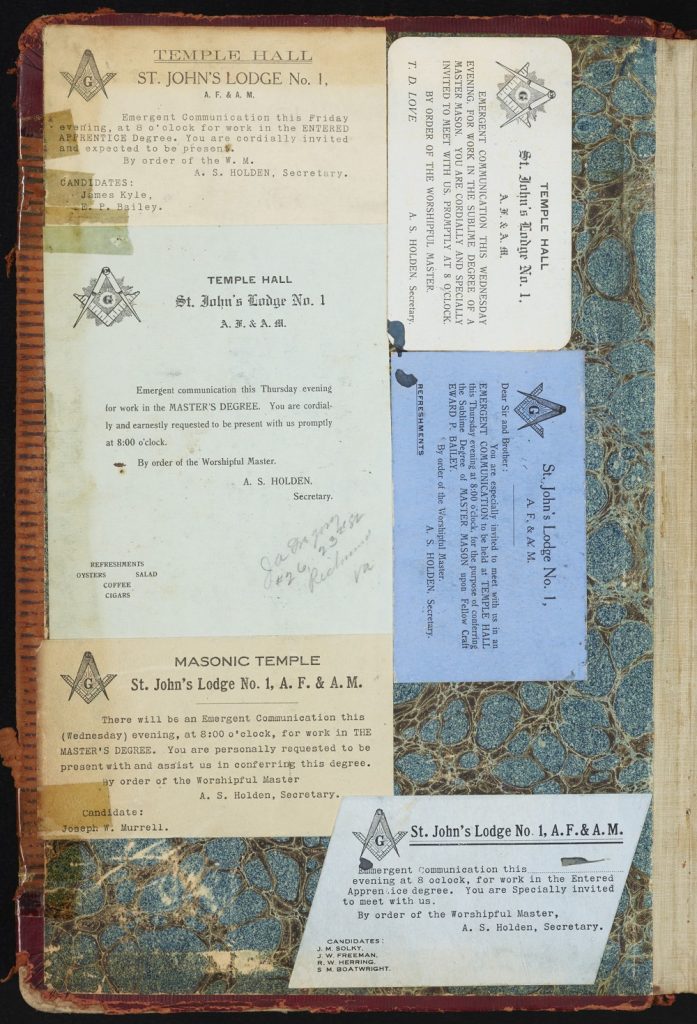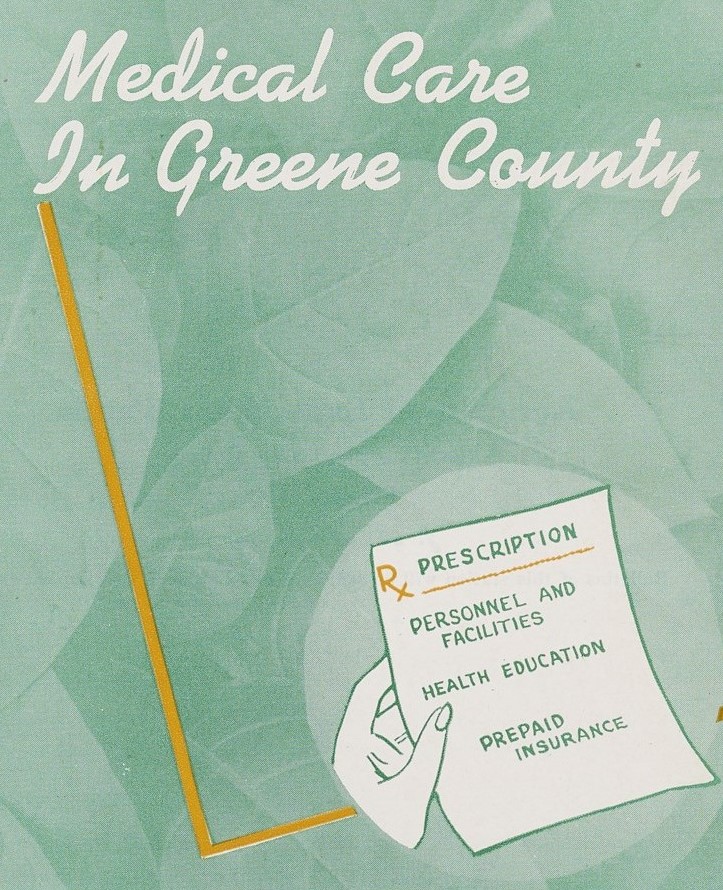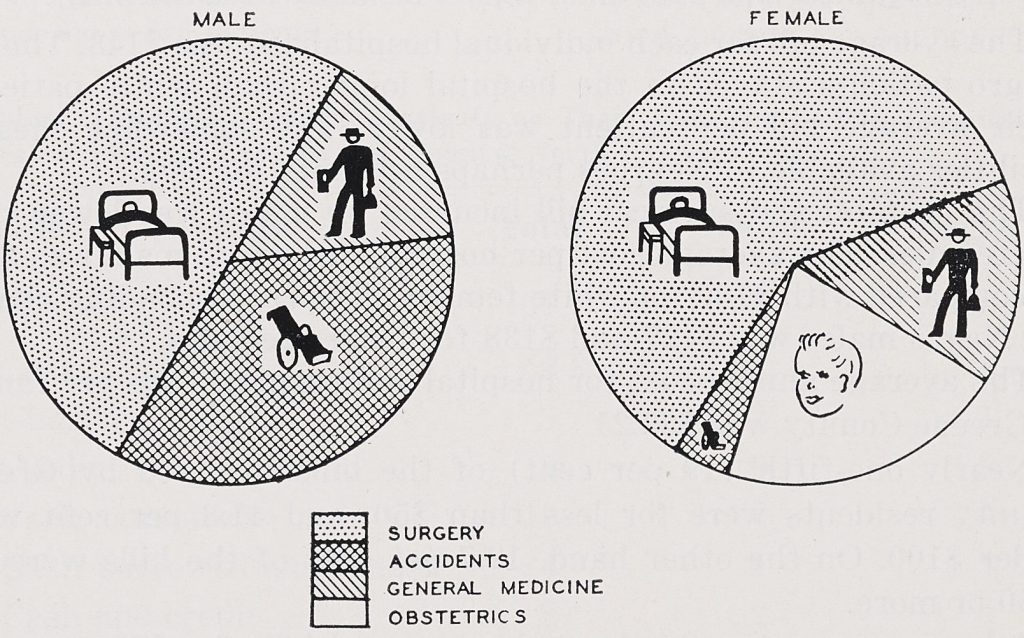Twenty new diaries belonging to Mrs. Mary Kelly Watson Smith (c. 1831-1924) are now available in conjunction with Greensboro History Museum. Mrs. Smith was married to Reverend Jacob Henry Smith (1820-1897), the pastor of Greensboro’s First Presbyterian Church for over forty years. The couple were married in Charlottesville, Virginia in 1857 before moving to Greensboro two years later. Mrs. Smith eventually had nine children, seven of whom lived into adulthood. The Smith family were active secessionists and supported the Confederacy during the Civil War. Her diaries reflect the experience and perspective of a matriarch at the time, recording Mrs. Smith’s involvement in church services, rotary clubs, and memorials for both O. Henry and Confederate soldiers.
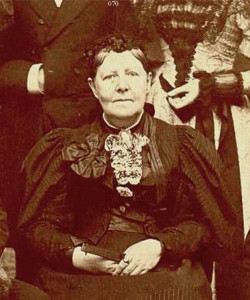
These diaries record the last decade of Mary Smith’s life, from 1911 to her falling ill in 1923. They detail the sinking of the Titanic, Greensboro’s “building boom,” and the entirety of the first world war. Mary Smith includes various newspaper clippings (both national and local) alongside clippings from sermon books and hymnals.
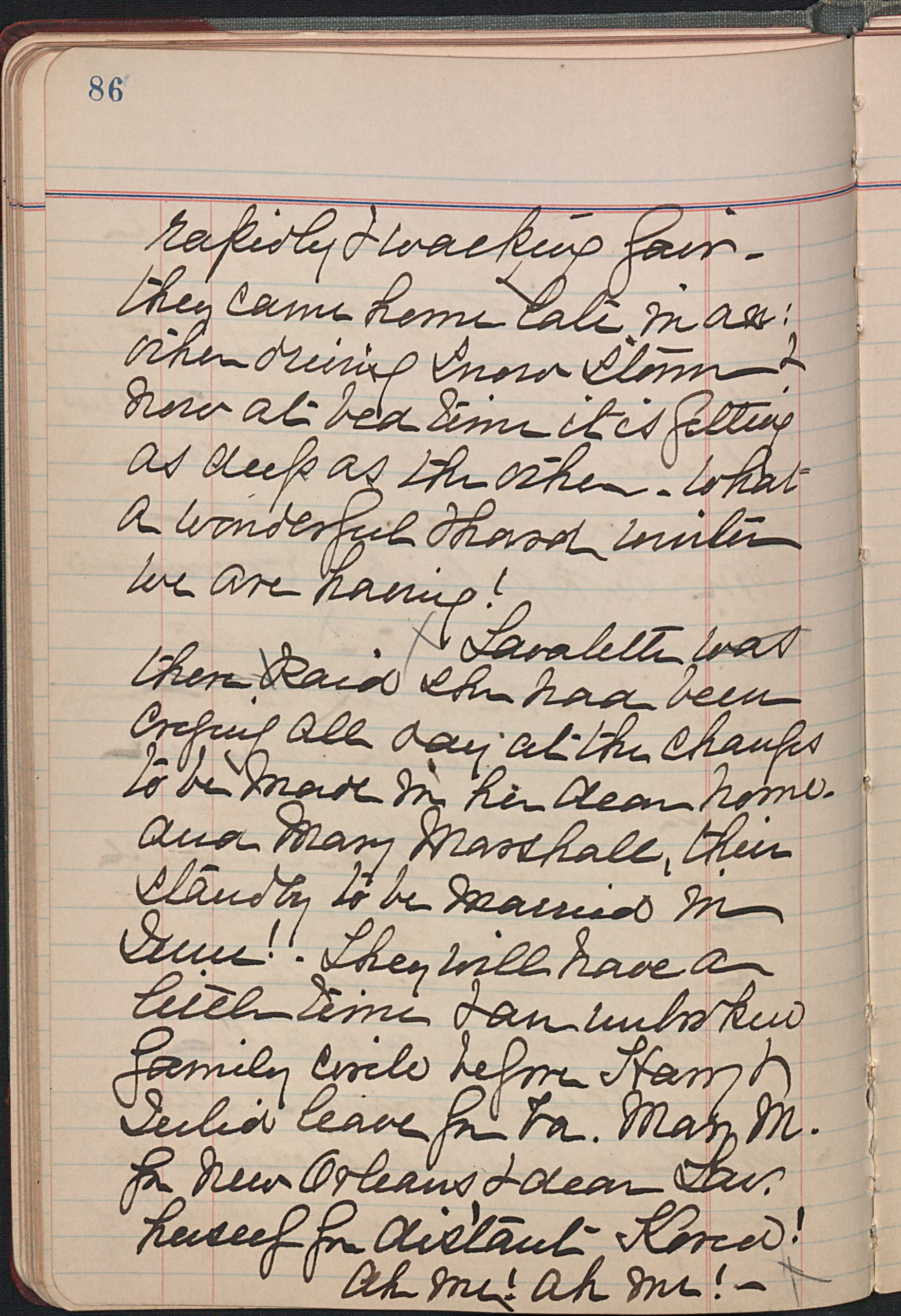
Mary Smith’s diaries provide an essential insight into Greensboro’s political, social, and religious spheres during a period of great upheaval. Anyone interested in Greensboro, the First Presbyterian Church, or the beginning of the 20th century is sure to find these diaries interesting. You can read the new diaries on our website here. When you’re done with that, read more about Mary Kelly Watson Smith on the Greensboro History Museum’s website and view other materials from the museum here.
